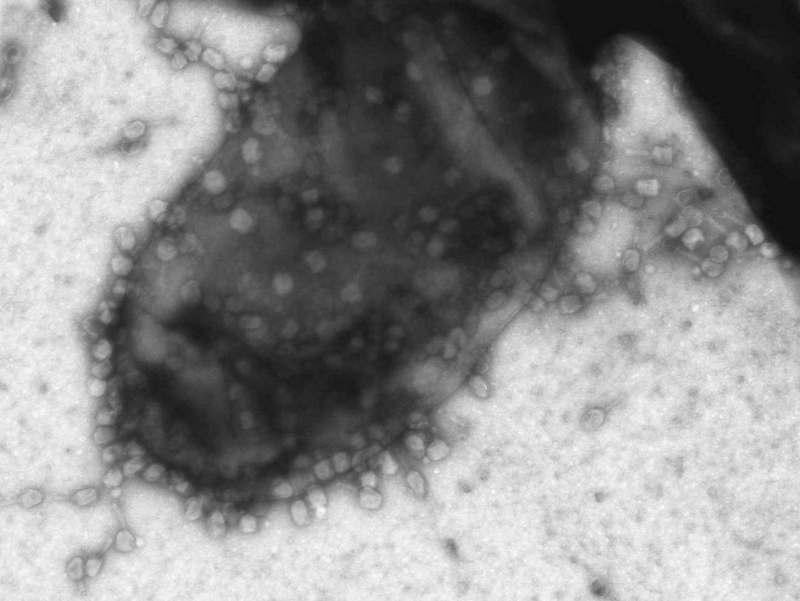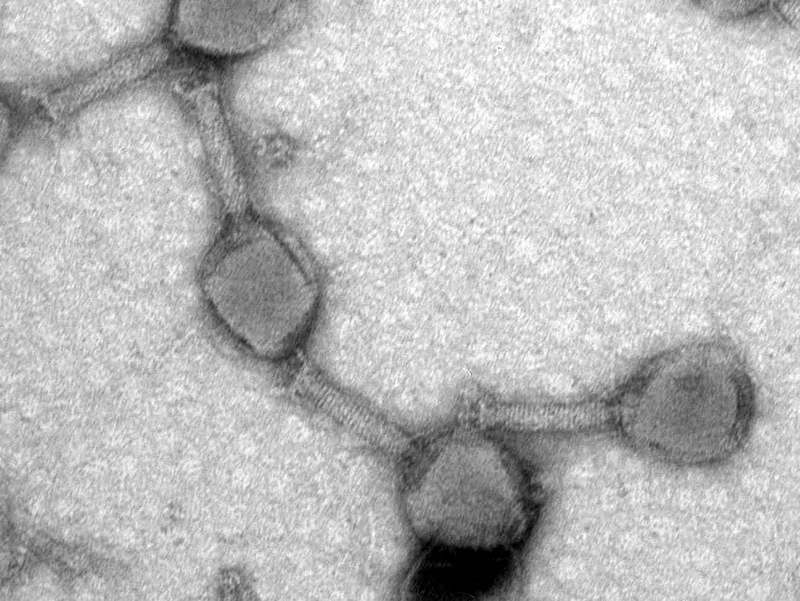At Phage Consultants, we believe that knowledge is power, and that’s why we want to share with you what we know about bacteriophages.
Below you will find useful information about phage biology and why phages might become a problem in fermentation processes.
Bacteriophages (phages) are viruses that infect bacteria. They are the most ubiquitous entities on Earth, with approximately 1031 bacteriophages on the planet. Their characteristics and life styles can vary greatly. Their genome might be single- or double-stranded, linear or circular, and be encoded by DNA or RNA – with any combination of the above possible. They can vary in shape, including filaments icosahedral particles. They can infect any bacterium, but individual phages usually have very specific host range. Most notably, their life cycles vary, and include lytic cycle, lysogenic cycle, or temperate cycle (combination of the previous two).
Phage Biology
Virulent bacteriophages are phages that employ solely the lytic life cycle. Examples include phages such as T1 or T4. Their life cycle starts when they adsorb to a permissive host and inject their genetic material into the host. There, they start to produce viral proteins and copies of the viral genome using bacterial resources and biosynthetic apparatus. Once the progeny viral particles are assembled, they are released after host cell lysis. We visualized the life cycle of a virulent bacteriophage in the animation below.

Temperate bacteriophages can choose between the lytic and the lysogenic development pathways. In this case, the lytic pathway is similar to that of virulent phages. In the lysogenic pathway, the virus remains dormant until induction. The most prominent example of a temperate phage is phage λ (lambda).
Temperate bacteriophages start their life cycle when they adsorb to a permissive host. After injecting their genome into the host cell, they produce a set of early proteins and a few copies of their genome. At this stage a decision “lysis versus lysogeny” is made. Usually, in poor host cell growth conditions the phage chooses lysogenic pathway since the potential number of progeny in such cell is low. When lysogeny is chosen, the phage integrates its genetic material with that of the host cell. It may be done by physical incorporation of the phage genome into host genome, or the prophage may be integrated as a stably maintained plasmid.
When a prophage is induced, it starts to produce viral proteins and copies of the viral genome using bacterial resources and biosynthetic apparatus. Progeny virus particles are assembled and, after completing the cycle, released through host cell lysis. The animation showing the life cycle of a temperate bacteriophage is shown below.
Filamentous bacteriophages may cause chronic infections that do not result in cell lysis. Bacterial cell infected by this type of bacteriophage remains alive and is constantly releasing progeny phage particles through the process known as viral extraction. This usually leads to host cell growth inhibition and continuous phage production. Examples of filamentous phages include M13, Ff phages, and CTXφ.
We summarized the life cycle of a filamentous bacteriophage in the animation below.
Phages in fermentation
In bacterial fermentations, bacteriophage infections are the most common type of contamination and at the same are the most devastating: usually, phage contamination results in destruction of the whole bacterial culture. Subsequently, there is a high risk of contamination of the whole facility, for example due to sampling of the contaminated culture. Another cause of a facility-wide outbreak might be a leakage caused by equipment failure – equipment failure is likely to occur in certain equipment set-ups due to extensive foaming and possible clotting of the exhaust filter with subsequent pressure build-up.
Controlling contamination issues is particularly important in the dairy industry, not only due to possible health hazards. Milk is a raw material that cannot always be sterilized, and almost every batch contains bacteriophages infectious to bacteria used in production processes. Moreover, some phages attacking lactic acid bacteria are resistant to pasteurization, and thus they extremely hard to eliminate. As it is not always possible to prevent bacteriophages from entering production processes, there is a possibility to prevent re-infections, which are to blame for vast majority of production failures.
See the short video below to better understand the effects of phage contamination in fermentation, and how Phage Consultants could help.
For more in-depth information about phages in fermentation, see below the webinar by our CEO, Dr Marcin Los.
Further reading:


